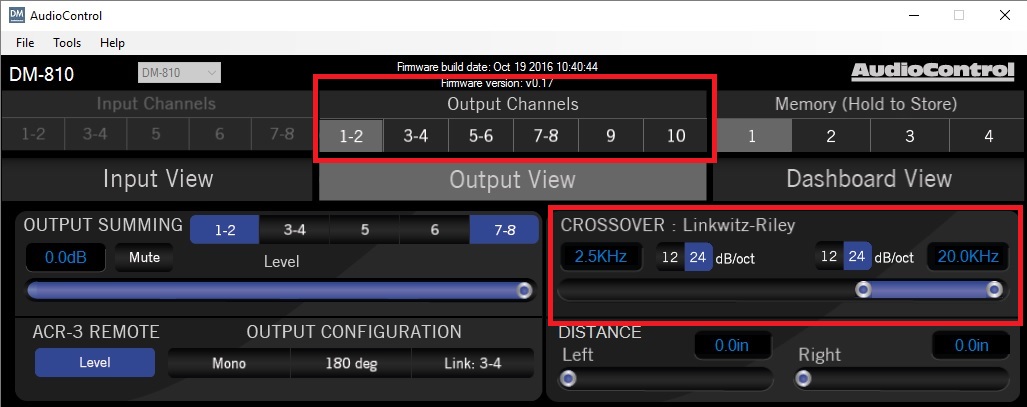Setting the Crossover Crossover is the frequency where speakers begin to roll off, and the subwoofer starts outputting bass notes and LFEs. Most of today’s systems have an EQ feature that will set up the proper crossover automatically based on the specifications of your speakers. Click Settings Video. Choose a setting you want to change: Camera—Select your camera device. If your camera is working, to the right of Video, you’ll see your video feed. Send resolution—The image quality from your device that others see. Receive resolution—The image quality that you see from other participants.
Audio MIDI Setup User Guide
If you use more than one audio device to create a multi-output device, you can play audio through several devices at once. For example, when you add two devices to a multi-output device, audio sent to the master device also plays through any other device in the stack.
In the Audio MIDI Setup app on your Mac, click the Add button at the bottom of the sidebar in the Audio Devices window, then choose Create Multi-Output Device.
A new multi-output device appears in the sidebar. To rename the device, click it, then enter a new name.
Select the new multi-output device, then on the right side of the Audio Devices window, select the Use checkbox of each device you want to use in the multi-output device.
To set the master device for the multi-output device, click the Master Device pop-up menu, then choose an output device.

To remove a multi-output device, select it on the right side of the Audio Devices window, then click the Remove button .
Setting Crossover Mac Multi Output System


Audio MIDI Setup User Guide

Use Audio MIDI Setup to set up audio input and output devices, such as microphones and multichannel audio interfaces. You can also use it to route audio from iOS and iPadOS devices directly into your Mac.
Setting Crossover Mac Multi Output
Available settings in Audio MIDI Setup depend on the audio device you’re using. For example, you can adjust the volume for each channel your audio output device has available.

Connect your audio devices to your Mac and, if necessary, install any software included with the devices.
In the Audio MIDI Setup app on your Mac, in the sidebar of the Audio Devices window, select a device.
Note: For iOS and iPadOS devices, first click Enable, then select the device. You may be asked to unlock your device with a passcode or to trust the device.
Control-click the device, or click the Configure Selected Device pop-up menu at the bottom-left of the sidebar, then choose how the device is going to be used:
For sound input: Choose Use This Device for Sound Input.
For sound output: Choose Use This Device for Sound Output.
For playing system sounds: Choose Play Alerts and Sound Effects Through This Device.
On the right side of the Audio Devices window, choose the options available for the device you selected:
In most cases, “Clock source” is set to the default.
Click the Format pop-up menu, then set the sample rate and bit depth. Make sure they match the appropriate settings for your audio device.
If your Mac supports the hardware sample rate converter, the Hardware Rate Converter pop-up menu is available in the Input pane. When you choose Automatic from the pop-up menu, the hardware sample rate converter is turned on if the audio samples coming in are PCM and formatted according to the international standard IEC 60958-3. The hardware sample rate converter is turned off if the input stream is encoded. You can also choose Enable or Disable from the menu, to keep the hardware sample rate converter turned on or off.
If software volume control is available for your device, the Volume sliders appear blue to indicate that they’re active. Drag the sliders to set the volume for each channel.
To set up a surround (multichannel) speaker configuration, click Configure Speakers, then set up the configuration.